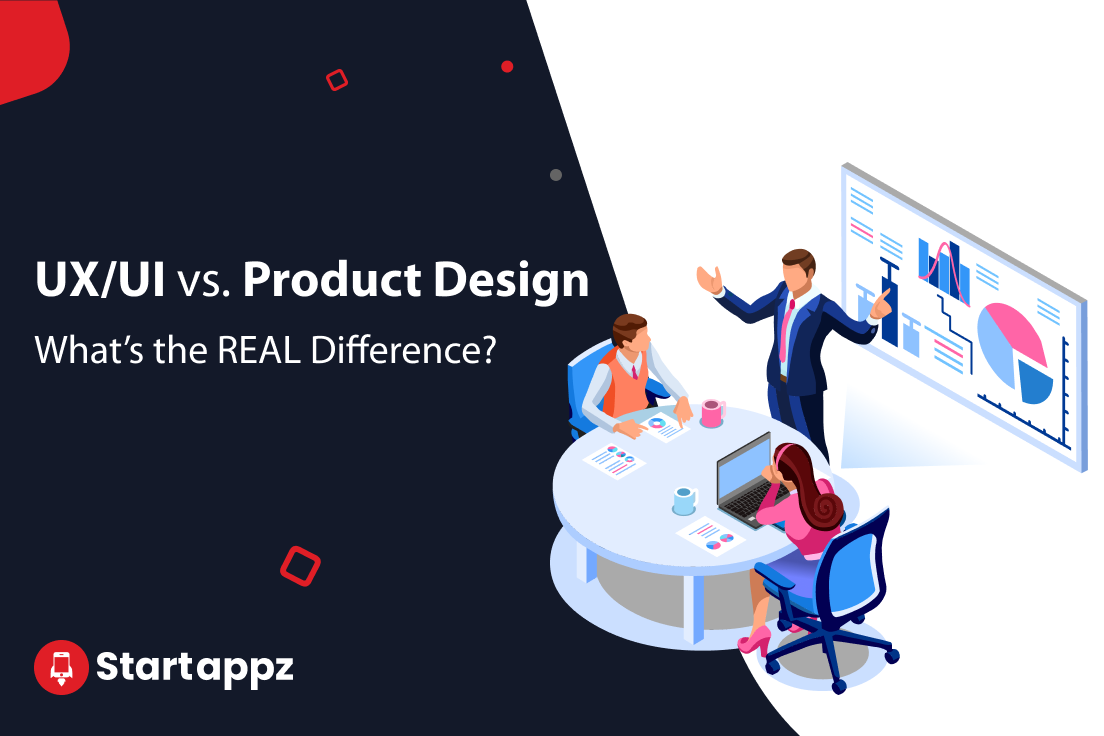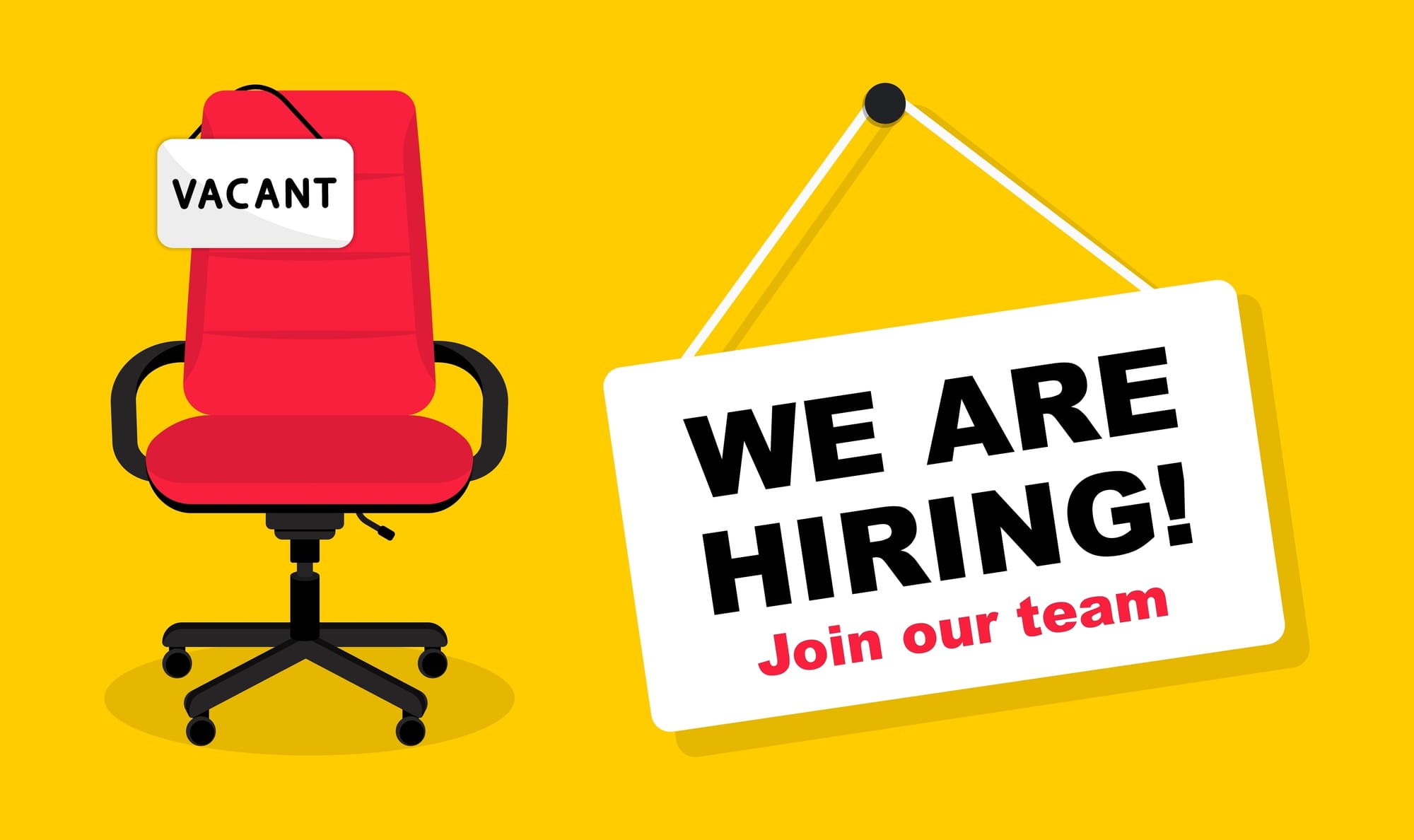Enhancing User Experience Through Service Design: A Comprehensive Approach to Grocery Delivery Services

Service design is the new perspective of UX design, which looks deep into what happens on the backstages of any service or product.
So, In my study here, I always look at the design of the service that has a direct touch with the end-user to make it more user-centric by taking and complying with all the methods and exercises to develop and achieve the user goal.
But, if I want to make the right decision, I have to look back on how all these services have been there and how the user will impact these services throughout his interaction.
Here is the service design comes; I had the experience of working on a service app that provided a whole experience of buying a grocery’s, paying (visa, cash, wallet, cash on delivery)
and delivering.
An example of some issues that explain the value of the service design is defining all the touchpoints and all the people who interact with the service.
The user’s journey looks straightforward from the services side; You can map it from exploring to adding until defining the user’s location and checking out the already known and structured process to pay for his purchases.
But all these steps have significant changes on the backside of the service.
The items in the Inventory system.
The picker guy collects your item’s list and prepares it.
The guy who gives the purchased items to the delivery guy.
The delivery guy who’s handing out the items.
These areas are touched on and developed by following the service design approach and discovering all the cases affecting your service.
This approach has the exact steps from analyzing and testing as the UX process, but here, it should be applied and consider the effects that come as an output of these areas that complete your service to reach the end-user.
By digging deep and mapping all these flows, I discovered that everything was connected in a complicated way that should be extracted and covered to give the service a clear and intuitive experience.
Here I will draw some of the cases:
Time Freezing of the picked items in the user basket, in this case, affects the inventory and the other users.
The way of disturbing the orders to the pickers.
The way of collecting the items from the warehouse and how I can reflect this on the app and the inventory database
The way of selecting the driver who is responsible for delivering the order.
Updating the inventory.
All these scenarios have many cases, like canceling orders, missing items, delays, the customer needing to be there to get his stuff, the wrong location, updating the end-user, and contacting him.
So, covering all the above will determine your business, value, experience, and communications; sometimes, you do a business pivot regarding some limitations in your service's back end.
Reference cited:
Gibbons, S. (2017). Service Design 101. [online] Nielsen Norman Group. Available at: https://www.nngroup.com/articles/service-design-101/ [Accessed 1 May 2022].
Interaction Design Foundation (2015). What Is Service Design? [online] The Interaction Design Foundation. Available at: https://www.interaction-design.org/literature/topics/service-design [Accessed 1 May 2022].
Source: https://medium.com/design-bootcamp/week-11-service-design-502ddb943e13





